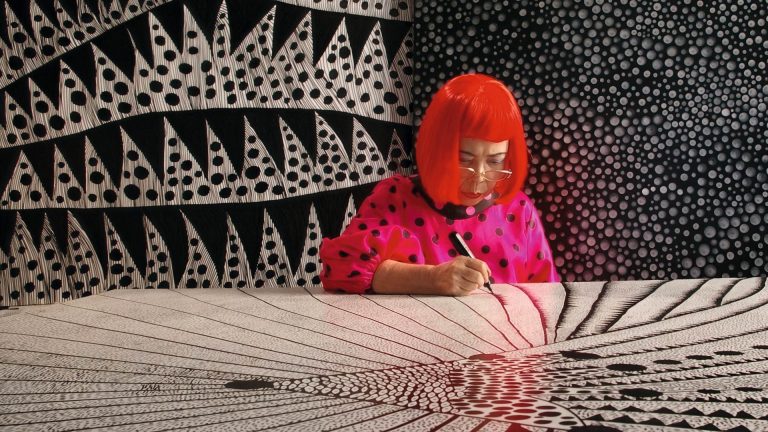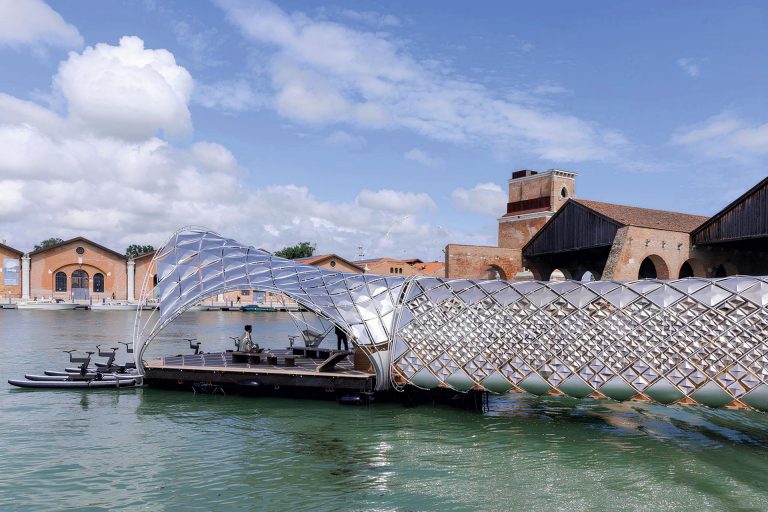The largest exhibition of David Hockney — a living and bold classic — is being held at the Louis Vuitton Foundation in Paris until August 31. Why does his work consistently cause a sensation?
This is far from the first project to extensively showcase Hockney’s work: there have already been exhibitions at Tate and the Centre Pompidou, but the current one has exceeded all expectations. More than 400 works created over 70 years, from 1955 to 2025 (the artist is now 87), 11 rooms painted in his signature bright colors, and dizzying digital effects. And, of course, the opportunity to see the full spectrum of his work: from the famous A Bigger Splash (1967) and Portrait of an Artist (Pool with Two Figures) (1972) to his most recent pieces.
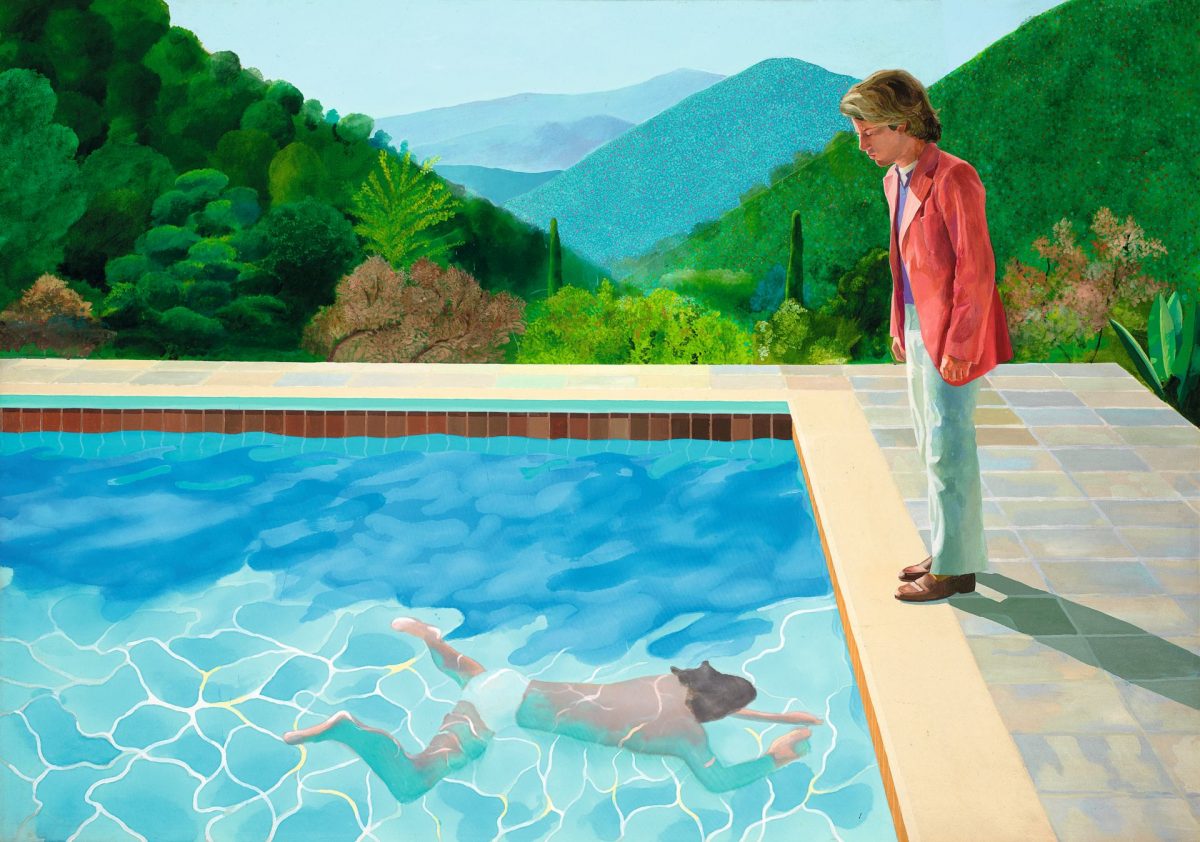
The United Kingdom and the United States vie for the right to claim Hockney as “their own.” The future artist was born in 1937 in Victorian Bradford, located 300 km from London. He grew up in an unusual family: his mother was strict and devout, while his father was an eccentric admirer of communism who dressed in the style of Fidel Castro and attended art school in the evenings. Young Hockney, however, was not far behind: he bought clothes from the same second-hand shop as his father and soon earned the nickname Boris — because he looked like a Russian peasant. In 1959, David became a student at the prestigious Royal College of Art and moved to London.
However, Hockney didn’t stay in the British capital for long: in 1961, he visited New York for the first time, and the dazzling, light-filled city completely overwhelmed him. There, the young artist met the king of pop art, Andy Warhol, and quickly realized the importance of personal branding: Warhol, with his platinum wig, was a true work of art himself. Eventually, David dyed his hair blond — though, according to legend, the reason was an advertisement for hair dye that claimed “blondes have more fun.” Another of his signature traits became his round glasses, along with brightly colored blazers, cardigans, and ties.
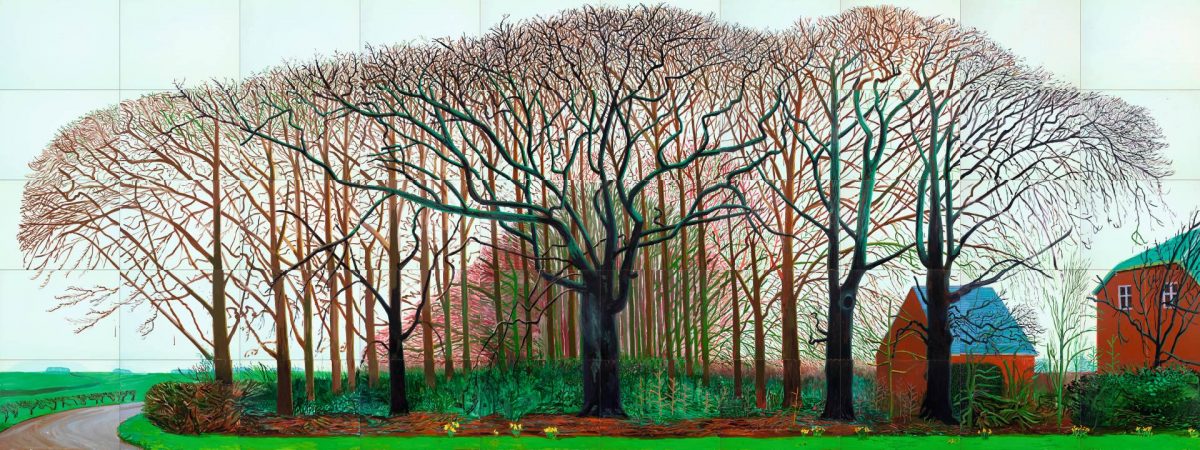
Hockney’s visual language also evolved. From abstract works inspired by Picasso (whose exhibition at Tate David visited eight times) and pieces done in a graffiti-like style, the British artist gradually moved toward naturalism. He also embraced joyful, vibrant colors that began to shine in his palette after his move to California. The sunny coast became the artist’s home for many years. He was fascinated by swimming pools — an everyday sight in America but a luxury in England — which became the “heroes” of many of his works. Including the painting Portrait of an Artist (Pool with Two Figures), which was sold at Christie’s in 2018 for $90.3 mln and earned Hockney the title of the most expensive living artist at the time.
Another important thread in his work is portraiture. Executed in a naturalistic style, they demand a great deal of commitment from the artist. At the very least, Hockney has often admitted that he puts in considerable effort to capture a person’s character. And that’s why he chooses well-known people as his models: his parents, friends. However, he didn’t dare to paint Queen Elizabeth II — he didn’t want the portrait to turn out too formal.
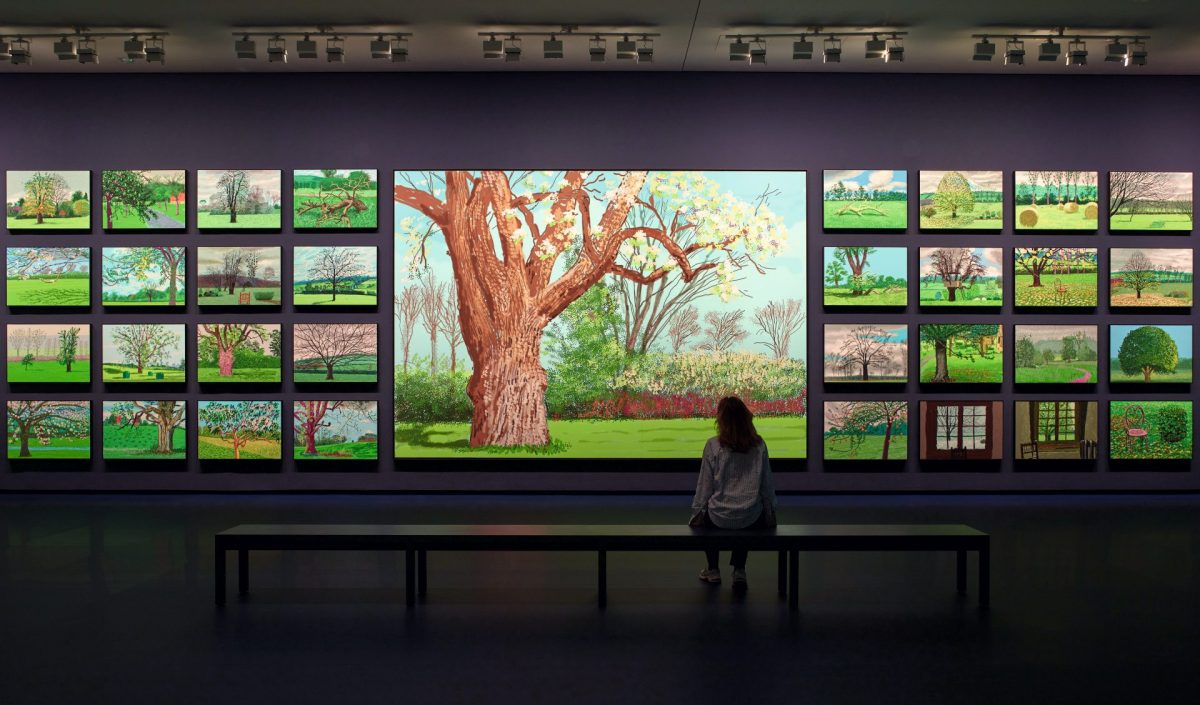
This devotion to “old-fashioned” principles is one of the hallmarks of Hockney’s work. As is the belief that an artist should master their craft. Not only new technologies — like drawing on the iPad, which he is passionately fond of — but also classical techniques. As early as the 1960s, Hockney — then working as an illustrator — used the ancient technique of aquatint, which allowed him to create prints with images that looked as if they had been brushed on with a wash. He holds the old masters in high esteem, and the exhibition at the Louis Vuitton Foundation includes works that reference various eras — from antiquity to the Renaissance.
Among modern technologies, Hockney actively uses photography, including Polaroid snapshots. From these, the artist creates collages: he cuts up photos of the same subject and reassembles the image anew. In his view, artists have always made use of the tools at hand. Together with optical physicist Charles Falco, he proposed a theory suggesting that Renaissance masters used devices such as the camera obscura and the camera lucida to achieve realistic images. This idea, known as the “Hockney–Falco Hypothesis,” sparked intense debate within the art history community.
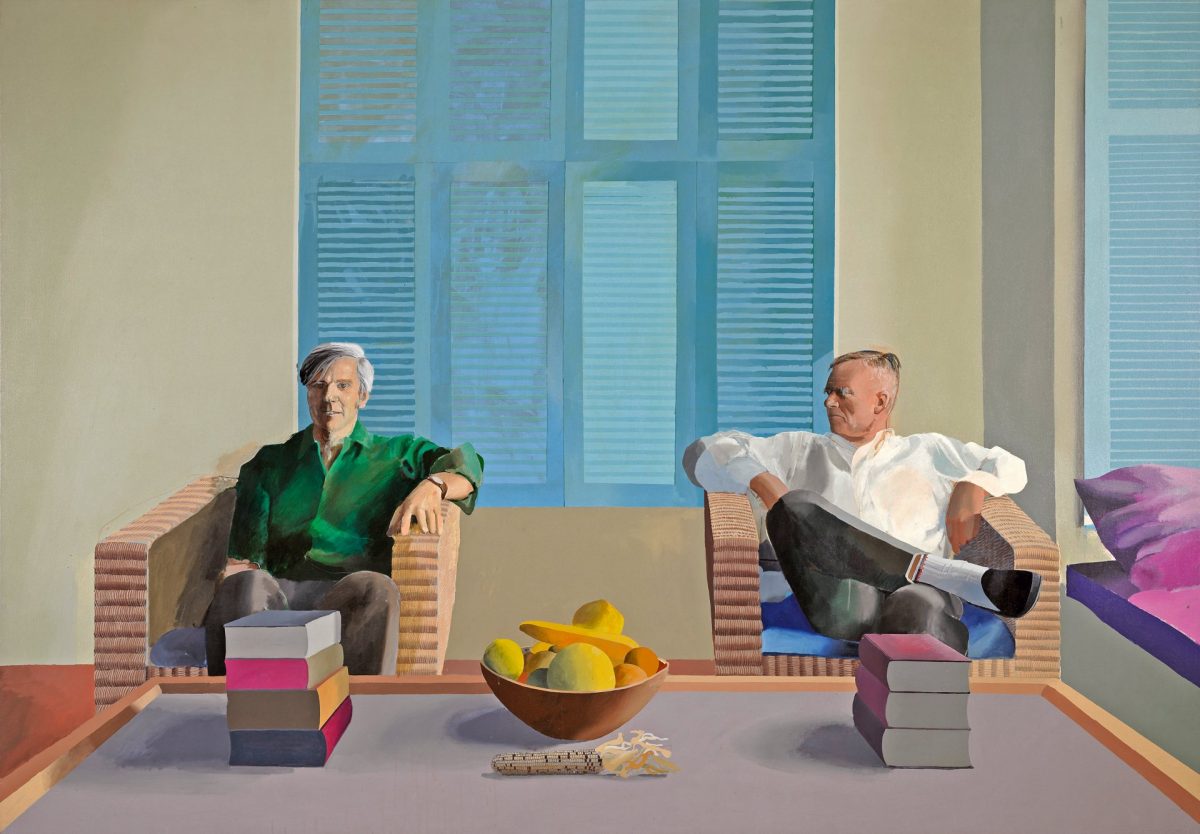
And Hockney himself, despite his age, continues to shock and delight audiences. Including by living exactly as he pleases, despite having suffered a stroke and being nearly completely deaf. He still never parts with his cigarette and claims he feels like a 30-year-old when he’s working — in short, he enjoys every moment to the fullest. And he signs his paintings, “Love life, David Hockney.”
Photo: Art Gallery of New South Wales/Jenni Carter/©
Fondation Louis Vuitton; Prudence Cuming Associates Tate, Royaume-Uni/©
Fondation Louis Vuitton; Marc Domage/© Fondation Louis Vuitton; Fabrice Gibert/© Fondation Louis Vuitton

